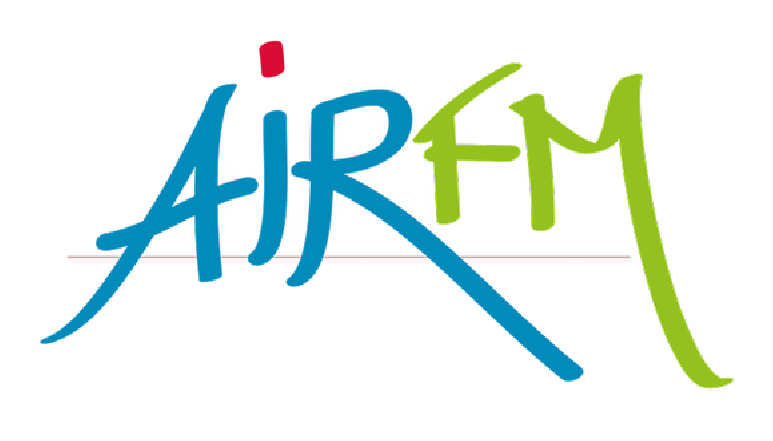Billions of us dollars in security programs and financing are given by government authorities every year to encourage particular business ventures, furnish social offerings and match unmet economic needs. Financial aid typically entail cash repayments, grants, tax breaks and interest-free or guaranteed loans. Proponents of subsidies feel that they help level the playing field in an economic climate, promote new development and support businesses which would otherwise fail due to market conditions or perhaps unfair competition. They also declare that they are sensible if they are carefully applied to make certain that benefits surpass costs.
In practice, the government intervenes in the economy through direct subsidy programs that award funds to individuals or corporations pertaining to specific activities. These might include money or grant payment programs, a decreased federal charge of income taxes for a particular activity, and mortgage guarantees and presumptions of risk that lower the price of a personal lender’s lending rates.
Government authorities are also effective in indirect subsidy programs, which are more difficult to define or measure. These programs depend on theories just like socioeconomic advancement theory, which suggests that certain sectors need defense against international competition to maximize home benefit. Also, they are based on the theory that the government can easily more effectively resolve social and environmental challenges than person consumers or perhaps businesses. Nevertheless , critics of indirect financial aid point to the issue of establishing optimal subsidies and defeating unseen costs. They also believe navigate to these guys political incentives typically cause political figures to focus on supporting activities and companies giving them the best return, rather than achieving the best long-term economic or social impact.

Commentaires récents